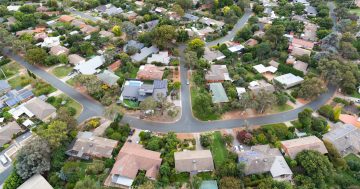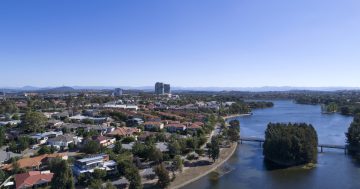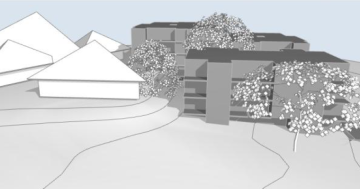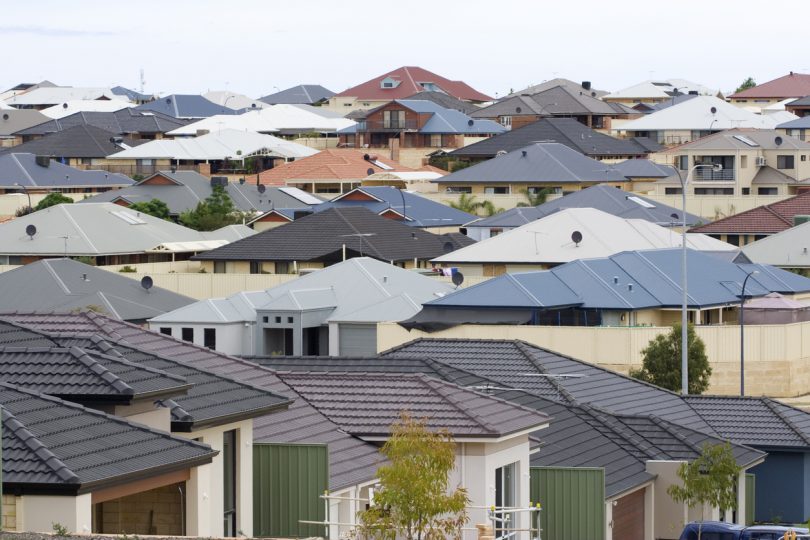
Housing affordability is a sensitive topic and it can bring out quite heightened emotions during debates. However, without some basic facts that everyone can agree on and relate to, it will be rather difficult to reach any consensus on the issues involved and focus on working out suitable solutions. Here is the evidence as to what the real issue is using the latest Census data.
I will go straight to the point: is there a housing affordability crisis in Canberra or not?
In short, the answer is ‘Yes, there is an issue’, but it only concerns a relatively small proportion of Canberra population.
In particular, as identified in my previous article titled “Deciphering housing affordability for better policies”, the group in question comprises the most vulnerable in our community: low income earners (whatever the underlying causes may be).
One obvious characteristic of this group is that its members are not in the position to be buyers of property so rental accommodation is the only choice for them. This narrows the scope of the housing affordability problem quite dramatically.
Everyone else, regardless whether renting or buying, is enjoying relatively inexpensive housing at the moment so should not be a primary concern in the debate on housing affordability. For context to this statement, please see my previous series of articles titled Property market mid-year sanity check – Part 1, Part 2 and Part 3.
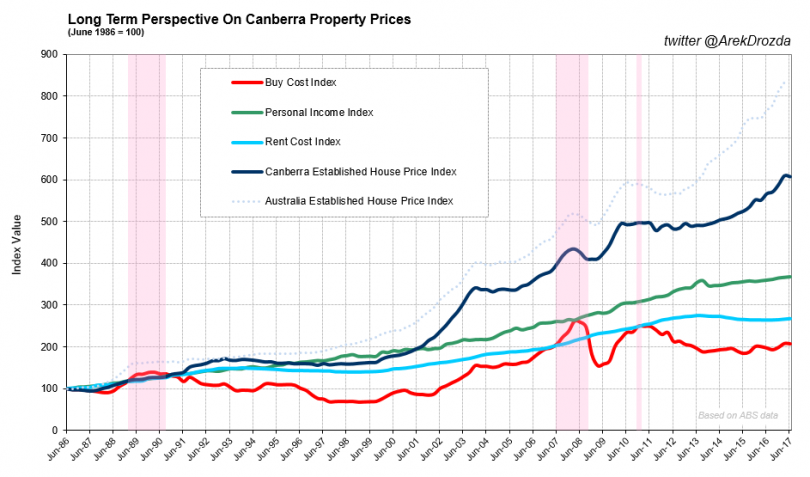
Long term view – property prices Canberra.
Once we know who is affected the most by the housing affordability issue, it is easy to define its actual cause. As it turns out, the housing affordability problem is not caused by the lack of cheap housing options in Canberra. Rather, the real cause is the inequitable distribution of affordable accommodation where the benefit of low cost housing goes to the better-off and not necessarily to the most needy.
That is the crux of the problem, and not “greedy investors”, “foreigners”, “cost of land”, “inadequate housing supply” or a myriad of other irrelevant causes trashed around in the debates on housing affordability.
Let me elaborate on the above statement in more detail, since it appears nobody (not even those researching housing affordability or currently working on solutions) have a grasp of this issue – to my best knowledge, the topic has simply not come up before in any debates despite being so obvious once you start thinking about it more pragmatically.
The conclusion as to the root cause of the housing affordability problem is based on an analysis of the latest Census data on rental payments and family incomes. I used only the portion of the data where both rental payments and family incomes could be cross referenced, so covering about 89% of Canberra families in rental accommodation (or 39,810 families out of the total of 44,854 enumerated in rental accommodation in August of 2016).
For the purpose of this exercise I defined the housing affordability threshold as 30% of family income – a simplistic but widely applied rule. And the picture is quite telling…
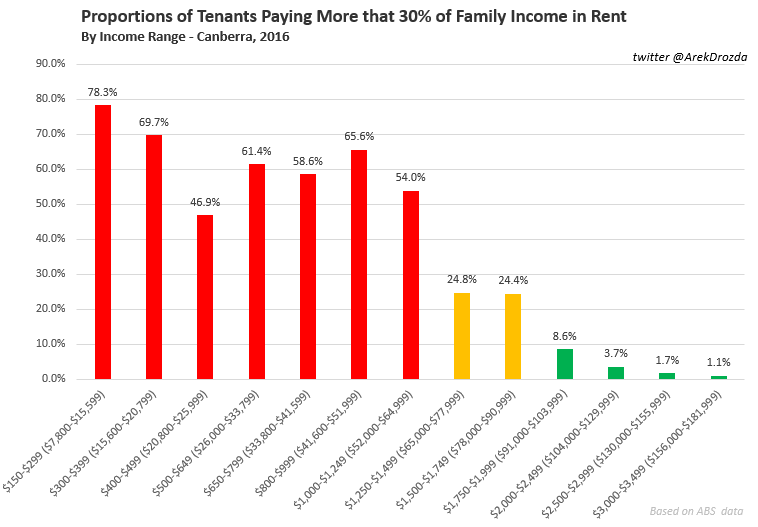
Canberra – rental affordability by income range.
Please note, family income ranges are defined by the Australian Bureau of Statistics and are not equal.
A total of 10,603 families, or 26.6% of all families who rent in Canberra, are paying more than 30% of their income in accommodation expenses and thus can be considered in financial stress (in other words, they are directly affected by the housing affordability issue). It is exactly 6.5% of all Canberra families enumerated in the 2016 Census.

Canberra housing affordability by income range.
Families with incomes below $65,000 a year appear to be the most affected by housing affordability, while only a quarter of those with incomes between $65,000 and $91,000 p.a. are in the same predicament. The situation improves dramatically for families in higher income brackets.
In contrast, in absolute terms, the shortage of affordable rental accommodation in Canberra is only minimal.
In particular, if we look at the aggregate numbers of families under a given income level and the total number of rentals provided below the affordability threshold relevant to that income level, the actual shortfall of the cheapest accommodation is no more than 1,500 dwellings (give or take “a few” since this is a less than precise measure and, without the access to individual records in Census survey, it is difficult to draw more specific conclusions).
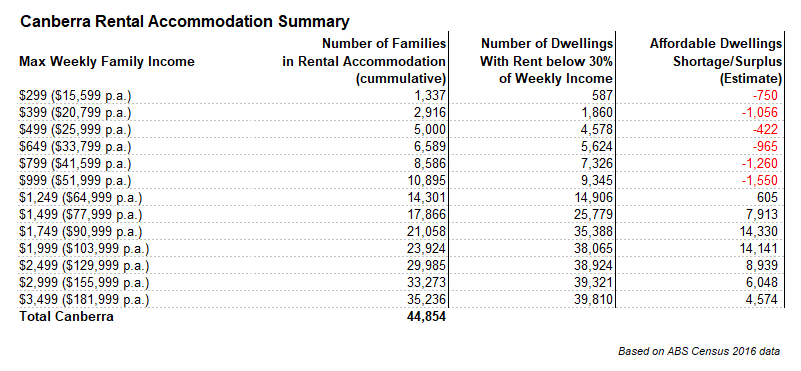
Canberra rental accommodation summary.
The above data points to only one actual cause of housing affordability: that is, many better-off families are opting to rent housing cheaper than they can actually afford, and therefore, are making less expensive rentals inaccessible for those in lower income brackets and hence in greater need of cheaper accommodation.
This should be where the debate on the causes of housing affordability ends. We know there is an issue, what its main cause is and who is most affected. In my next article I will discuss how the issue of inequitable distribution of affordable rentals could be promptly and comprehensively addressed.
Do you think there really is housing affordability crisis in Canberra or not at all? Do you think it may be a much bigger issue than statistics indicate?












